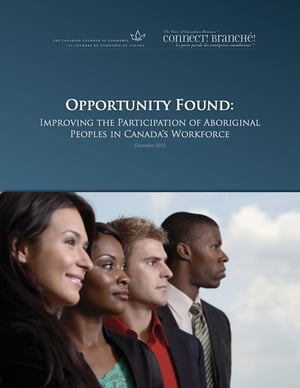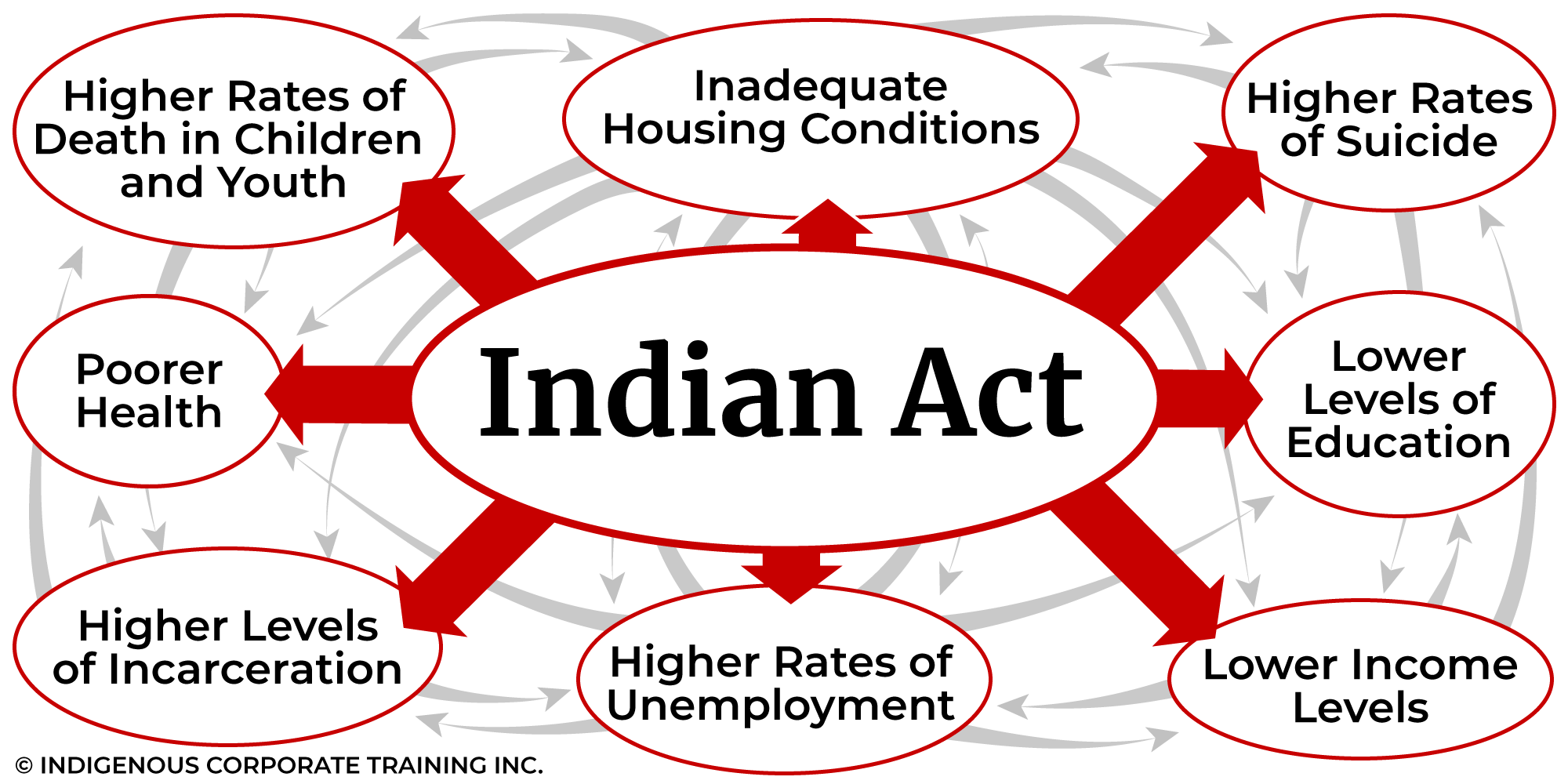Improving the Participation of Aboriginal Peoples in Canada’s Workforce by the Canadian Chamber of Commerce presents some successful initiatives to engage Aboriginal peoples to pursue education and employment. The 21-page report concludes with a summary of some practical recommendations that the federal government and businesses can take to reduce the education/employment gap between Aboriginal peoples and non-Aboriginal peoples in Canada.
 Below are the recommendations at the end of the report:
Below are the recommendations at the end of the report:
- "Work with businesses to identify more opportunities to match private sector financial support for Aboriginal skills and training programs
- Encourage educators to adapt curricula delivered to Aboriginal students
- Provide tribal councils and native friendship centres with the resources to provide services similar to those offered to new immigrants, including housing assistance, and links to cultural connections
- Provide tribal councils and native friendship centres with the resources to provide services similar to those offered to new immigrants, including housing assistance, and links to cultural connections
- Support Aboriginal education programs aimed at instilling a sense of place and pride in students as an essential step before entering programs aimed at delivering workforce-ready graduates
- Provide support to post-secondary institutions to offer curricula to Aboriginal students closer to/in their home communities
- Ensure Aboriginal communities have access to business and financial literacy training
- Direct a portion of natural resource royalties received in the territories directly to skills and training
- Restore its 50 percent funding partnership with mine training organizations (MTOs) in the territories, as defined in the Northern Minerals Workforce Development Strategy, beginning in fiscal year 2014-2015
- Federal post-secondary education funding programs need to accommodate the differing timeframes for First Nation bands' decision-making and be sufficient to address additional requirements of Aboriginal students, such as child care.
- Federal training programs need to have the flexibility to permit companies, rights holders and governments to work together in different circumstances to support business needs and capacity building.
- The federal government could make it more attractive for companies to invest in Aboriginal "start-ups" by offering tax credits to companies providing financial assistance to small new businesses in remote areas.
- The federal government would get better results for its Aboriginal training dollars if it avoided changing project deadlines and parameters, met project launch dates and made decisions more quickly.


 Below are the recommendations at the end of the report:
Below are the recommendations at the end of the report:

